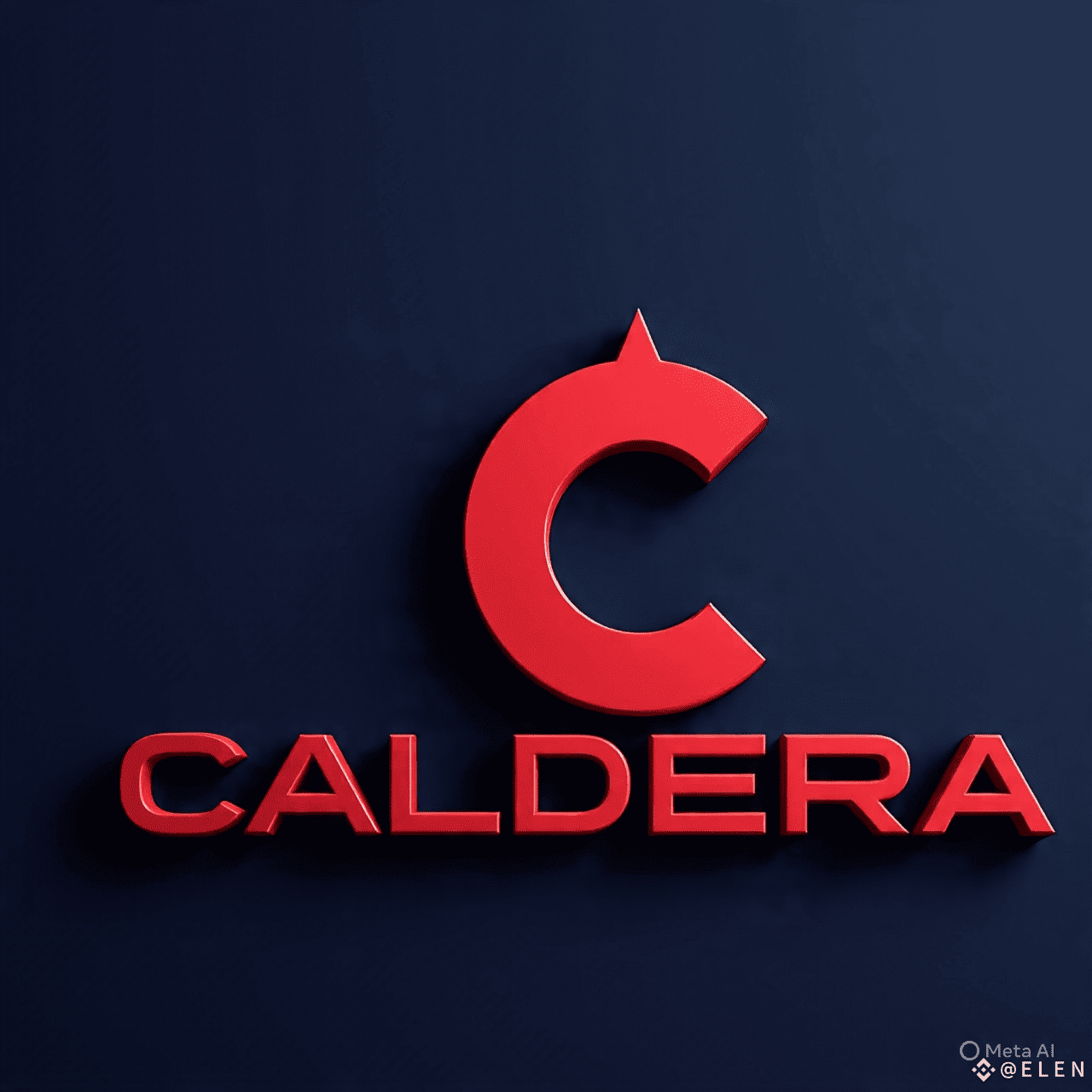
In the emerging multi-chain Web3 era, capital markets remain fragmented—token liquidity, financial instruments, and settlement flows are siloed across isolated blockchains. Caldera's vision goes beyond interoperability: it aims to reshape how capital markets function by enabling high-performance, app-specific rollups that connect through a unified infrastructure layer—the Metalayer—and unlock real-time liquidity, composability, and tailored economics.
1. App-Specific Chains as Custom Markets
Caldera enables teams to launch tailor-made rollups—effectively independent chains—tuned for high-performance financial applications, such as DeFi vaults, payment rails, or trading platforms, all while inheriting Ethereum's security. These app-chains serve as dedicated marketplaces where token flows are optimized for the use case, with custom fee models and governance rules.
2. Metalayer: Unified Execution & Capital Routing
The Metalayer is Caldera’s connective tissue: a sophisticated interoperability layer that enables seamless messaging, liquidity movement, and shared capital access across all Caldera rollups. Rather than forcing traditional bridges, Metalayer abstracts cross-rollup interactions, enabling instant fund routing and unified order execution.
Key features:
Intent-based execution: Capital can flow across chains based on high-level user intents, without manual routing.
Shared liquidity access: Token pools become fungible across rollups, reducing fragmentation and improving order book depth.
3. New Dynamics for Capital Markets
With app-chains and Metalayer in place, Caldera transforms how capital markets can be structured on-chain:
Dedicated clearinghouses: Financial instruments can settle instantly, within context-optimized app-chains with predictable latency and fees.
Cross-chain composability: Derivatives, collateral lending, and automated market makers can operate seamlessly across chains — without trust-heavy bridging.
Optimized liquidity deployment: Capital shifts across app-markets (e.g., from gaming to DeFi during market demand shifts) in seconds, enhancing capital utilization.
4. Capital Market Use Cases Powered by Caldera
Financial primitives with purpose-built infrastructure: Synthetic assets, stablecoin rails, or tokenized debt instruments can exist on highly optimized environments with designated collateral models.
Real-time credit markets: Markets incorporating real-world data (e.g., via oracles) can settle instantly across chains using Metalayer messaging.
Composable order flow: Advanced makers/traders can spread liquidity across chains and respond to price swings fluidly, all within integrated rollup economies.
5. Developer Experience that Accelerates Innovation
Caldera makes this capital redefinition accessible:
Rollup-as-a-Service: Builders deploy chains in minutes using frameworks like Arbitrum, Optimism, zkSync, or Polygon CDK through tools like MetaLayer or Vulcan.
Unified infrastructure integration: Caldera brings integrated tooling—explorers, SDKs, bridges, oracles, wallets—streamlining go-to-market.
Cross-tech compatibility: Developers can reuse familiar tooling (Hardhat, Anchor, etc.) while targeting high-performance, capital-efficient app-chains.
6. Why this Matters for On-Chain Capital Markets
Caldera’s approach addresses structural limitations that have held back on-chain markets:
Fragmentation: Liquidity spread across chains loses efficiency; Metalayer consolidates it frictionlessly.
Coupled constraints: Generic blockchain economics rarely align with financial product needs; app-chains align execution to product goals.
Operational friction: Developing cross-chain finance is complex; Caldera provides turnkey primitives to minimize time-to-market.
Caldera isn't just about connecting chains—it’s about building purpose-built financial ecosystems powered by app-specific rollups and unified by Metalayer infrastructure. In doing so, Caldera enables a new wave of on-chain capital markets—not as fragmented silos, but as interlinked, composable, customizable, and dynamic financial layers ready to scale with demand.



